SDA IN-DEPTH
SDA properties are purpose-built homes for people with high-needs disabilities who require specialist housing. These properties are funded through the NDIS, and investors can lease them to approved disability service providers who then provide housing and support services to eligible NDIS participants. The demand for SDA properties is expected to increase significantly over the coming years as the NDIS continues to roll out across the country. Some locations may be particularly attractive for SDA investment due to factors such as high demand, population growth, and proximity to support services and amenities. Here are the basics:
PURPOSE
SDA provides housing for people with significant disabilities who require specialised housing solutions to live comfortably and safely.
DESIGN FEATURES
SDA properties are designed or modified to include features that support independent living and cater to the unique needs of residents, such as wheelchair accessibility, sensory support, and specialised equipment.
FUNDING
SDA funding is provided through the National Disability Insurance Scheme (NDIS) in Australia. Participants with approved SDA funding in their NDIS plan can use it to cover the cost of renting or owning an SDA property.
TENANCY ARRANGEMENTS
Residents of SDA properties may rent directly from a landlord, live in a shared arrangement with support services provided, or access SDA through a supported accommodation provider.
REGULATION
SDA properties are regulated under the National Disability Insurance Scheme (Specialist Disability Accommodation) Rules 2021 in Australia. These rules set out the eligibility criteria, design standards, and funding arrangements for SDA.
CATEGORIES
SDA properties are categorised into different levels based on the level of support required by residents. These categories include Improved Liveability, Fully Accessible, Robust, and High Physical Support.
PROVIDERS
SDA properties are typically provided by registered NDIS providers, including housing developers, community housing organisations, and disability support providers.
SUPPORT SERVICES
While SDA provides the physical accommodation, residents may also require additional support services to meet their daily living needs. These services can be funded separately through the NDIS.
Overall, SDA plays a crucial role in supporting people with disabilities to live independently and participate fully in their communities by providing suitable housing options tailored to their specific needs.
Locations
Choosing the right location is vital for both investors and professionals when building SDA homes. Since participants can freely choose where they stay, why wouldn't they choose the better location? Here are
some potential locations to consider for SDA property investment:
- Major cities such as Sydney, Melbourne, Brisbane and Perth where there is high demand and a large pool of potential tenants
- Regional and growth areas with increasing demand for disability services, such as the Gold Coast, Sunshine Coast, Newcastle, Wollongong, and Geelong
- Areas with high concentration of disability support services and community resources such as the Northern Rivers region of NSW, the Barwon region of VIC, and the South West region of WA

It's important to conduct thorough research and seek professional advice before making any investment decisions, including considerations such as property type, management, and financing options.
If you're struggling with locations, we offer customised research reports for your potential investment properties.
Property Development
Property Development for NDIS investors involves the process of building or renovating properties to meet the specialist housing needs of people with disabilities who require SDA.
Investors can choose to develop or renovate properties to meet the SDA design standards and lease them to approved SDA providers, who then provide housing and support services to eligible NDIS participants. Property Development typically involves several stages, including:
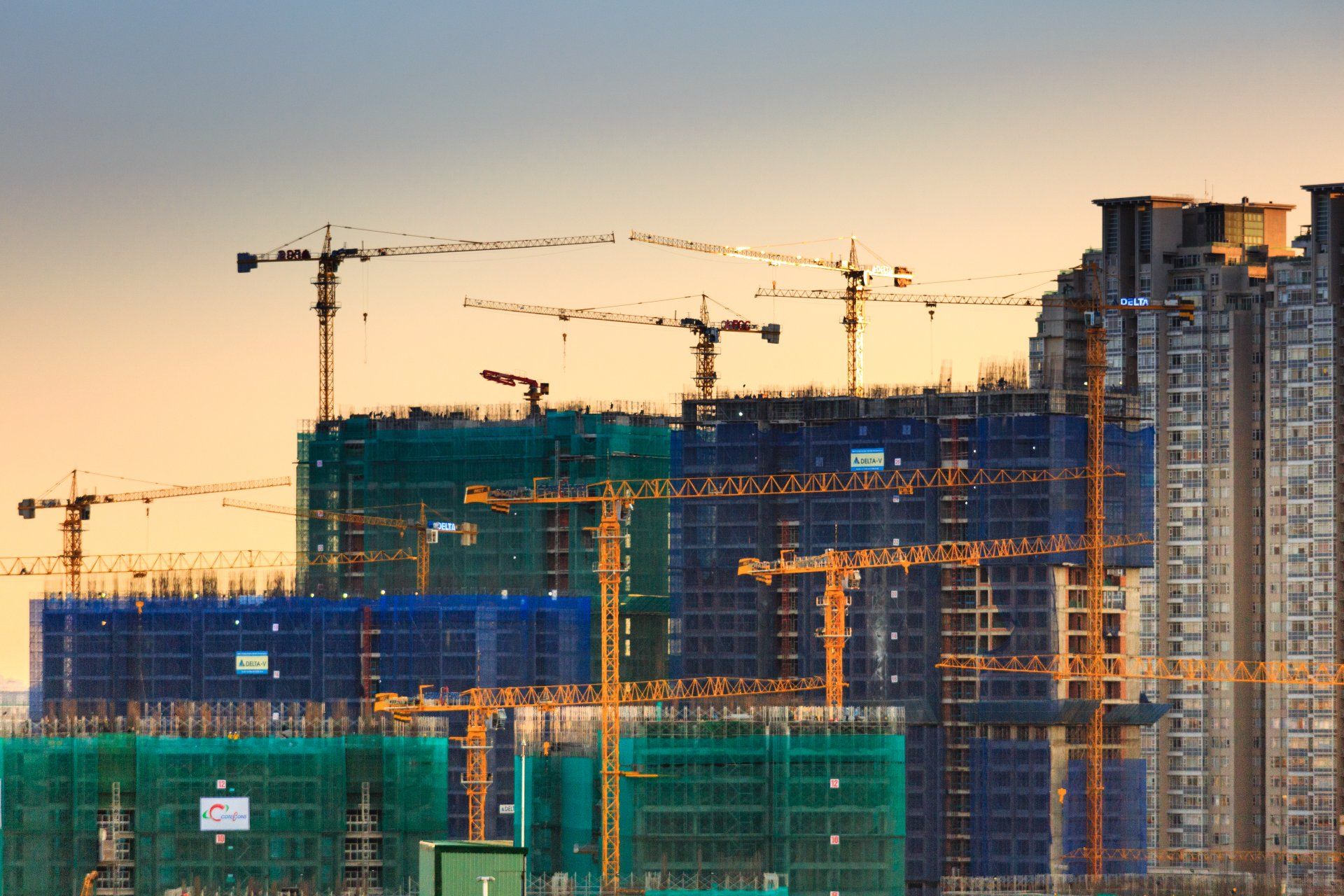
1. Research and Planning
This stage involves identifying suitable locations for SDA properties, assessing demand for SDA in the area, and developing a project plan and budget suitable for the proposed property.
2. Design and Construction
Once a suitable location has been identified, investors can work with architects, builders, and other professionals to design and construct properties that meet the SDA design standards and comply with local building codes and regulations.
3. Approval and Certification
Before a property can be leased to an approved disability service provider, it must be certified as meeting the SDA design standards by an independent SDA assessor and registered with the NDIS Quality and Safeguards Commission.
4. Leasing and Management
Once a property has been approved and registered as an SDA, investors can lease it to an approved disability service provider, who then provides housing and support services to eligible NDIS participants. Investors may choose to manage the property themselves or work with a property manager or disability provider to oversee the leasing and management process.
Before making any investment decisions in property development, it’s important to conduct thorough research, consult with professionals, and comply with all relevant regulations and guidelines. Though the process can be lengthy and detailed, these steps help ensure a smoother experience.
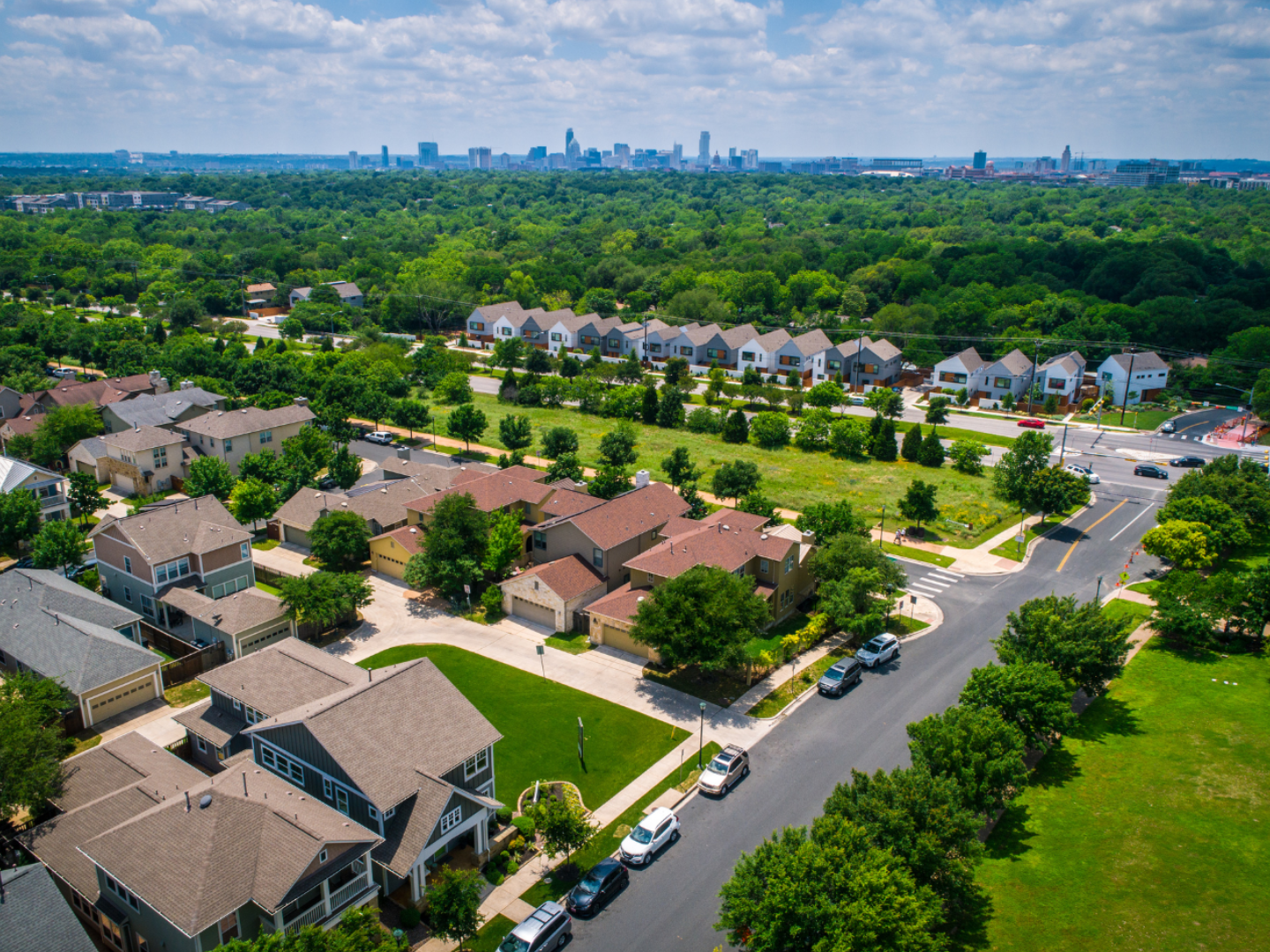
Researching
For investors to make properly informed investment decisions in SDA, it's important to constantly be researching more about SDA and the NDIS. Due to how new SDA is, the industry is constantly evolving, and you should be too. To ensure investors have all the information they need, there are several steps you can take to gain as much information on the SDA sector as you possibly can! Such as:

Research NDIS Policies and Guidelines
The NDIS website provides information on policies, guidelines, and standards for SDA properties. Familiarising yourself with these policies can help you understand the requirements for SDA properties, and give you a better idea of the leasing process.
Attend Industry Events
Check out our EventsAttending industry events and conferences hosted by NDIS themselves, or like-minded individuals can provide opportunities to network with others in the SDA sector, and gain insights into the latest trends and developments in the NDIS property market.
If you're unsure of where to start for attending events, look no further! We're constantly hosting different events that will help you understand SDA better.
Consult with a Financial Advisor
A financial advisor can help you evaluate your investment goals, and risk tolerance and guide investment strategies, financing options and tax implications.
Research Property Market Trends
Researching property market trends, such as demographic trends, population growth, and demand for disability services can help you identify potential locations for SDA properties.
Conduct Due Diligence on Property Developers and Managers
Before investing in a property development, or management company, it is important to conduct due diligence to make a well-informed decision. Such as researching their track record, reputation, and experience in the NDIS sector.
Speak with Disability Service Providers
Speaking with disability service providers can provide insights into the needs and requirements of NDIS participants and the types of properties that are in demand.
Engage an Independent SDA Assessor
Engaging an independent SDA assessor can guide the design and construction of SDA properties and ensure compliance with NDIS standards. By taking these steps, investors can gain a better understanding of the NDIS property market, identify potential investment opportunities and make informed investment decisions.
The Importance of Assessors
An SDA assessor is an independent professional who assesses and certifies that an SDA-designed home meets the SDA Design Standards and is suitable for housing people with high support needs.
The SDA Design Standard sets out the requirements for new or significantly renovated homes that are intended for SDA participants. These standards are intended to ensure that SDA homes are safe and functional, and provide a high standard of living for people with disabilities. SDA assessors evaluate the design and construction of the property and ensure it meets these requirements.
Assessors carry out two phases of assessment. The first is the Preliminary Design Assessment of the plans, with approved certification being advised to the NDIA.
Once the construction is complete, the assessor will provide a report outlining their findings and recommendations. If the home meets the SDA Design Standard, it will be certified as SDA-compliant (As-Built Certification). This certification is a requirement before the property can be registered with the NDIS Quality and Safeguards Commission and leased to approved disability service providers.
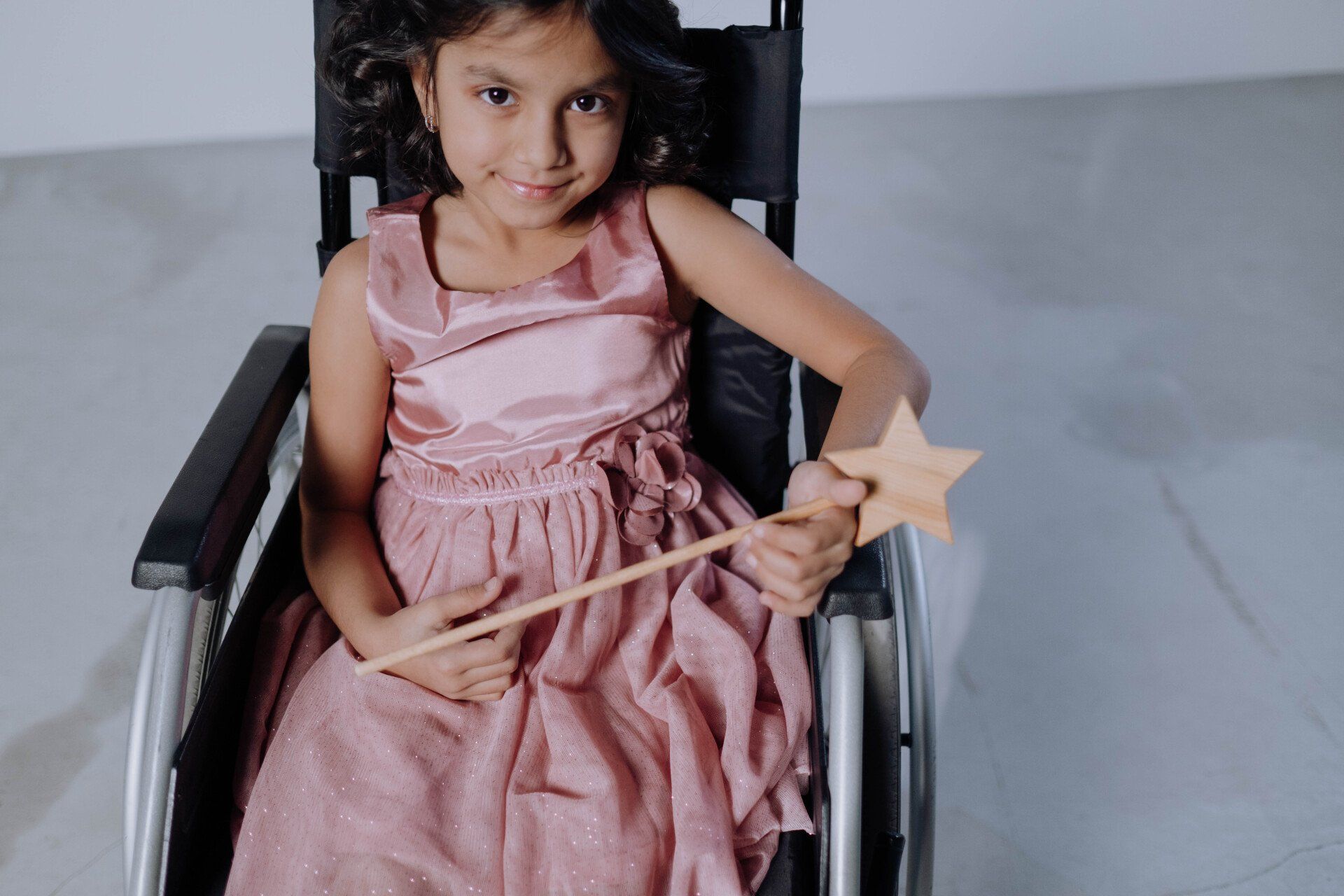
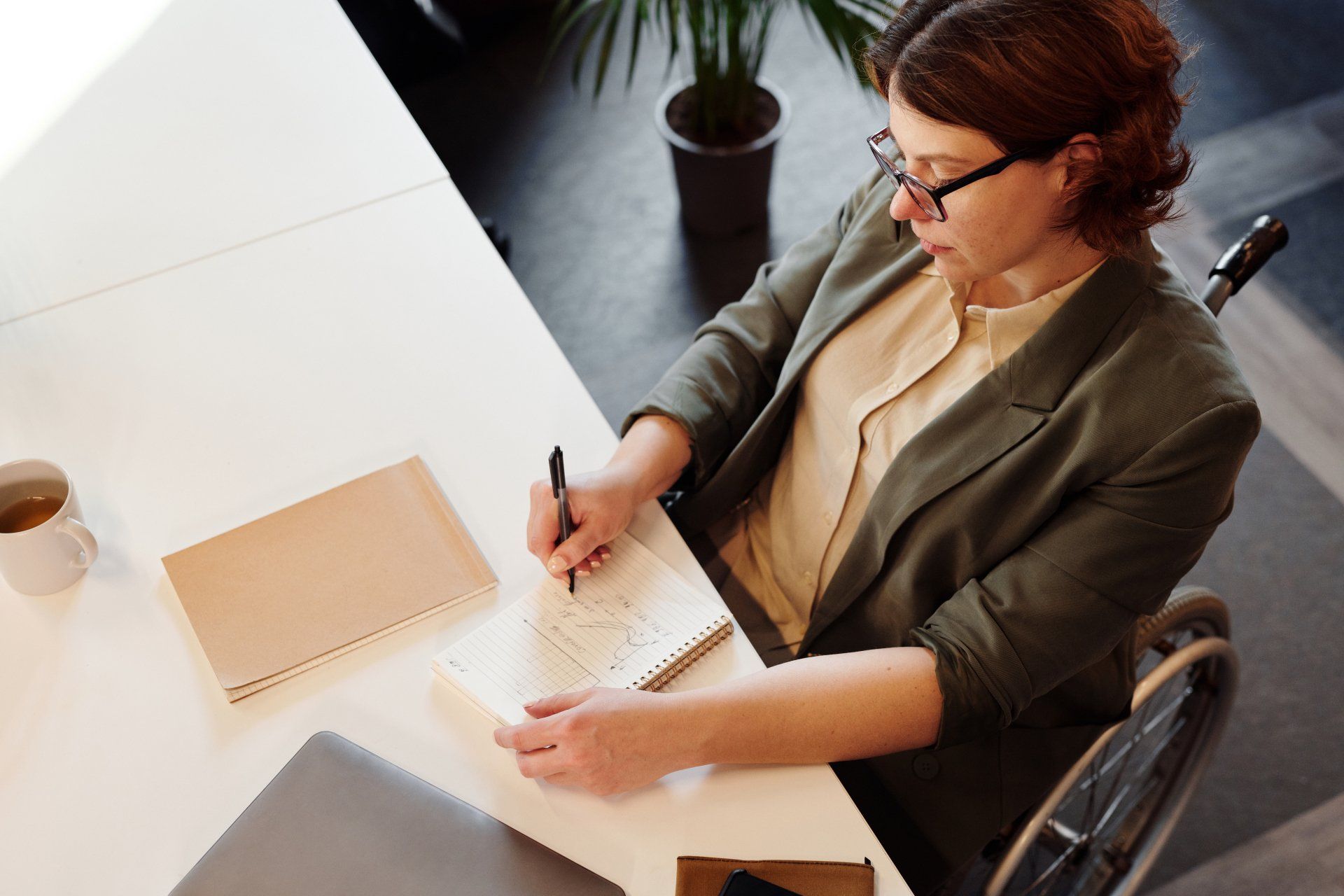
Every home should be accessible
Many elements go into making a home accessible for those with disabilities, with everyone's needs being different it is impossible to list every little thing that would be needed. It can be incredibly frustrating when your environment is not catered to your own needs, especially in the little things, such as not being able to reach light switches, difficulty opening doors, and not being able to fit through the hallway. These little problems that get overlooked are what the SDA Design Standards aim to help. There are many other things that the SDA Design Standard helps to provide too, such as:
- Independence - SDA homes help them move in and out of their houses, and give them the power they need to take care of themselves, perform daily activities, and move around their homes with ease.
- Safety - SDA homes are designed to be safe for disabled people, they have features like grab bars, ramps, stairlifts, and wide doorways that help prevent accidents and injuries.
- Social Integration - SDA homes help disabled people integrate into society by providing them with specialised houses and letting them participate in activities and events that other people take for granted.
- Comfort - Accessible homes are designed to be comfortable for the disabled, they have ample space to move around and offer privacy, which creates an environment for people to thrive.
Changes in NDIS
The disability sector in Australia has undergone significant change since the introduction of the NDIS in 2013. One of the most significant changes is the increased use of technology to support people with disabilities in their daily lives. NDIS-funded technology is designed to assist people with physical and cognitive disabilities, making it easier for them to access services, communicate with others, and live independently. Some examples include:
- Smart home technologies
- Wearables
- Assistive robots
Another significant change is the increasing role of people with disabilities in decision-making processes. The NDIS will foster a greater culture of inclusion and participation, so feedback from people with disabilities will be essential in shaping how services are developed, provided and evaluated. There will also be a growing emphasis on community-based services and support systems. The NDIS aims to promote a more inclusive society by enabling people with disabilities to live in their communities rather than in institutions. This will mean more services being developed and delivered in the community, such as housing, transport, education, and healthcare.
In 2025 the NDIS will also focus on addressing the inequalities experienced by people with disabilities in accessing employment opportunities. It will develop initiatives to increase the participation of people with disabilities in the workforce, including by providing training and employment support.
Overall, the disability sector in Australia in 2025 will be characterised by a greater emphasis on inclusion, participation, and independence for people with disabilities.
Through the NDIS, people with disabilities will have greater control over their lives and have greater access to services tailored to their individual needs. With a growing focus on technology, community-based support systems and employment opportunities, people with disabilities will be able to live fulfilling and rewarding lives.
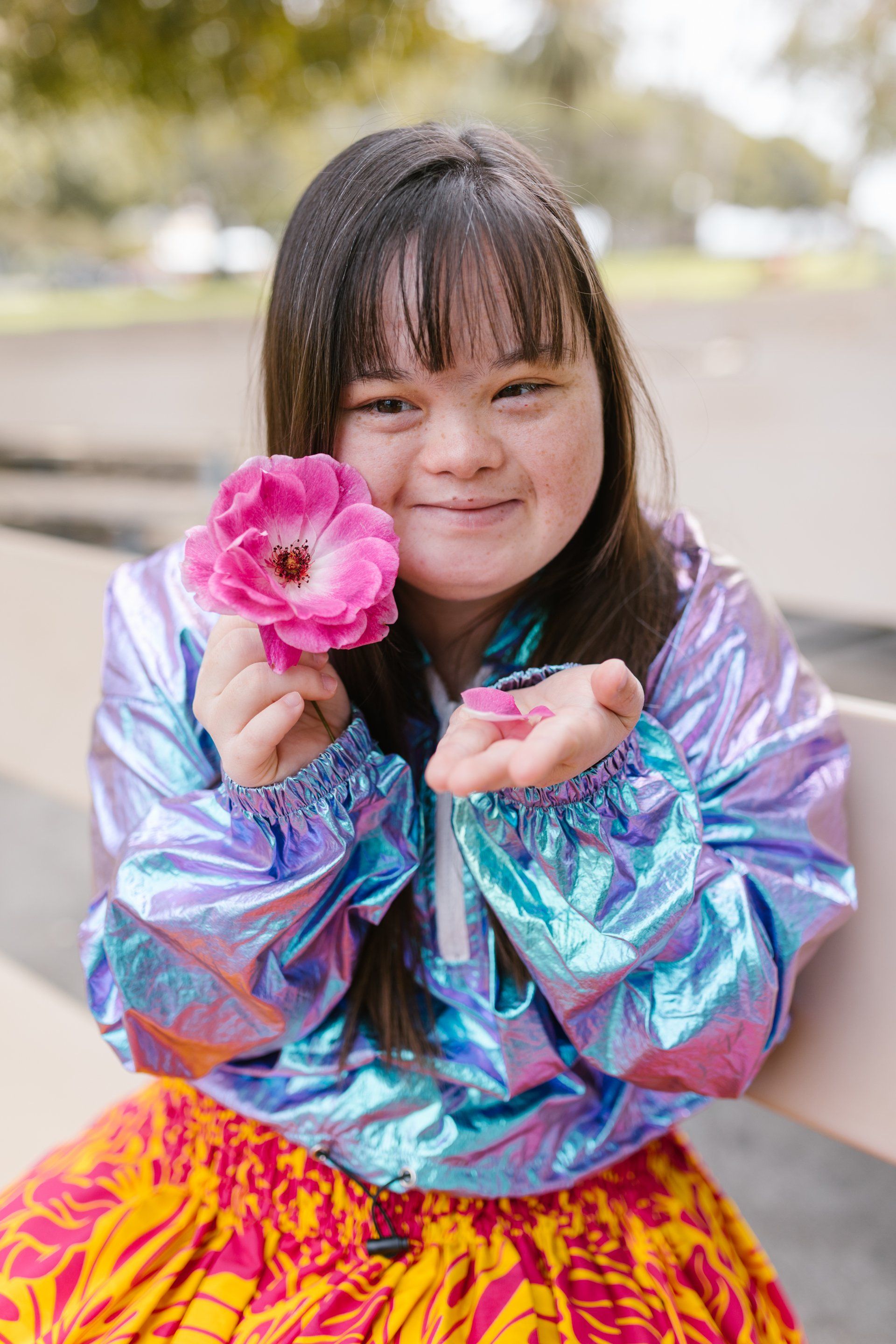
Design Considerations and Inclusions
Firstly, a disability home should be designed to promote accessibility and mobility for its occupants. This may involve modifying features such as doorways, hallways, bathrooms, and kitchens to allow for wider access and accommodating equipment such as wheelchairs, walkers, and lifts. Additionally, designers could incorporate additional handrails, non-slip surfaces, and accessible controls for items such as light switches and faucets.
Secondly, disability homes need to prioritise safety for occupants. This may involve designing the home to minimise hazards, such as sharp edges or uneven surfaces, and ensure that rooms and common areas are well-lit. This could include incorporating fire safety measures and allowing for easy evacuation during emergencies.
Thirdly, spaces within the home should be designed for optimal sensory experiences to support an individual's well-being. This may involve sound insulation for a quiet space, natural lighting to promote relaxation and manage sleep or to design for minimal sensory stimulation.
Also, accommodations should be in place for those with hearing and visual impairments. Finally, disability homes should provide communal spaces to promote engagement among residents to reduce isolation and boost morale. This can be either indoor or outdoor spaces or areas where participants can interact and pursue hobbies or activities they enjoy.
In summary, disability homes need to incorporate designs that promote accessibility, safety, optimal sensory experiences, and communal engagement.
Depending on the specific needs of the occupants, this could range from minor adjustments to significant modifications of the home.
Class 3 includes Fire Sprinklers, however SDAs can be built to Class 1B and have residential fire sprinklers installed. The requirement for Class 3 is not mandated by the NDIS, however some councils are now requiring it to approve developments and builds (DA/BA).
SDA Categories
The density rules for SDA properties in the NDIS sector depend on the specific category of SDA that the property falls into. The NDIS sets out different categories of SDA, each with its own requirements and specifications. The categories are:
The
ROBUST category is for properties that have been designed for people with complex and challenging behaviours, and people with high levels of physical aggression or self-injury requiring features such as reinforced walls and doors, sensory rooms, and secure outdoor areas. The density limit for this category is one person per bedroom, with a maximum of one bedroom per dwelling.
Some key features of the
ROBUST category design include:
1. Physical design:
- Reinforced construction and materials to ensure durability and safety
- Wider doorways and circulation spaces to accommodate mobility aids and equipment
- Accessible bathrooms and kitchens with appropriate fixtures and fittings
- Separate spaces for personal care and support staff
2. Safety features:
- Secure perimeter fencing or barriers
- Reinforced walls and impact-resistant materials
- Emergency communication systems
- Calming spaces or sensory rooms
3. Support provisions:
- On-site or nearby staff for 24/7 monitoring and assistance
- Separate accommodation for support staff
- Spaces for therapy and specialised equipment
The
ROBUST category design aims to provide a secure, supportive, and functional living environment for NDIS participants with complex needs. It allows for greater independence while ensuring appropriate levels of care and supervision are readily available.
The
HIGH PHYSICAL SUPPORT category is for properties that have been designed for people with high physical support needs, requiring features such as ceiling hoists, wheelchair-accessible bathrooms, and adjustable kitchen benches. The density limit for this category is one person per bedroom, with a maximum of four bedrooms per dwelling.
Some key features of the
HIGH PHYSICAL SUPPORT category design include:
1. Physical accessibility:
- Fully wheelchair accessible throughout the dwelling
- Step-free entries and circulation spaces
- Assistive technology and equipment provisions (e.g., ceiling hoists, automatic doors)
- Accessible bathrooms with appropriate fixtures and space for personal care
2. Safety and support:
- Emergency communication systems
- Provision for on-site or nearby support staff
3. Design considerations:
- Open plan layouts for ease of movement and support
- Suitable space and provisions for personal care and assistive equipment
- Separate areas for staff or overnight support workers (if required)
The HIGH PHYSICAL SUPPORT category is designed to accommodate individuals with significant physical disabilities or mobility impairments who require a high degree of personal assistance with tasks such as transferring, bathing, dressing, and other daily activities.
The dwellings in this category are tailored to facilitate independence, safety, and ease of support provision for individuals with high physical support needs. The design focuses on maximising accessibility, functionality, and the use of assistive technology to improve the participant's quality of life and promote independence.
The
FULLY ACCESSIBLE category is for properties that have been designed for people with high physical support needs, requiring features such as hoists and lifts. The density limit for this category is one person per bedroom, with a maximum of five bedrooms per dwelling.
Some key features of the FULLY ACCESSIBLE category design include:
1. Physical Accessibility:
- Step-free entries and circulation spaces
- Wide doorways and corridors to accommodate wheelchairs and mobility aids
- Accessible kitchen and bathroom designs with appropriate clearances and fixtures
- Provision for the installation of assistive technology (e.g., grab rails, ramps, hoists)
2. Circulation and Movement:
- Level surfaces and smooth transitions between areas
- Sufficient turning spaces for wheelchairs or mobility aids
3. Safety and Security:
- Emergency communication systems
- Reinforced construction and materials
- Secure fencing or barriers (if required)
The
FULLY ACCESSIBLE category aims to provide maximum accessibility and maneuverability for individuals with significant mobility impairments or physical disabilities. It ensures that the living environment is designed and constructed to enable independent movement, safety, and ease of use for the NDIS participant. While the
FULLY ACCESSIBLE category focuses on physical accessibility, it may not necessarily include the additional support provisions or specialised features found in categories like ROBUST or HIGH PHYSICAL SUPPORT, which cater to individuals with higher support needs.
The
IMPROVED LIVABILITY category is for properties that have been modified to improve the livability of people with disabilities, the density limit for this category is one person per bedroom, with a maximum of five bedrooms per dwelling.
The key aspects of the
IMPROVED LIVEABILITY category design include:
1. Enhanced accessibility:
- Step-free entries and circulation spaces
- Wider doorways and corridors
- Accessible bathroom and kitchen designs
- Provision for installation of assistive technology (e.g., grab rails, ramps)
2. Improved functionality:
- Open plan layouts for ease of movement
- Suitable space and provisions for mobility aids and equipment
- Adjustable kitchen benches and appliances
- Easy access to outdoor areas
3. Safety and security:
- Reinforced construction and materials
- Emergency communication systems
- Secure fencing or barriers (if required)
The
IMPROVED LIVEABILITY category is designed to cater to NDIS participants who may have mobility limitations, sensory impairments, or other disabilities that require specific design features to enhance their independence, safety, and overall quality of life within their living environment. These dwellings aim to provide a higher level of accessibility, functionality, and livability compared to standard housing, but without the more intensive support provisions found in categories like
ROBUST or
HIGH PHYSICAL SUPPORT.
It is important to note that the NDIS Quality and Safeguards Commission sets out specific requirements for each category of SDA, including requirements for accessibility, adaptability, and safety. Properties that do not meet these requirements may not be eligible for registration as SDA under the NDIS, and investors may not be able to lease them to approved disability service providers.
Investing in SDA
Investing in NDIS property is an attractive option because of its potential long-term returns and stability. The demand for these types of properties is increasing as more people become eligible under the scheme and require accommodation that meets their specific needs. This means that investors can benefit from steady rental income over time while also helping those who need it most by providing them with safe housing solutions tailored towards their requirements.
Investing in SDA can also provide tax benefits, due to depreciation allowances on certain items such as furniture or appliances that may be installed within the premises during or after construction.
Additionally, any capital gains earned when selling an investment property at a higher price than what was originally paid will be exempt from taxation if held longer than 12 months – making this type of venture even more appealing!
Finally, since these investments tend to remain relatively stable regardless of market conditions , they offer greater peace of mind compared to other forms of real estate investment where prices may fluctuate depending on economic factors outside one’s control . All things considered , investing in NDIS Property provides many advantages - both financially & socially - making it well worth considering if you're looking at expanding your portfolio today !
Modifications
Making a home accessible to someone with a disability can involve making modifications in the home’s design or structure that allow them to move around safely and comfortably. As an investor, it is important to be aware of what kind of modifications can be made so that you can provide your clients with quality housing solutions that meet their needs.
One major modification involves widening doorways or hallways, so they are wide enough for wheelchairs or walkers.
This includes installing ramps at entrances, grab bars in bathrooms, lowering switches on light fixtures, and lowering countertops. Additionally, investing into technologies such as voice activated systems may prove beneficial not only by providing convenience but also safety within the household environment - especially when accommodating individuals who suffer from limited mobility issues (elderly population included).
By incorporating these types of features into your investment portfolio you will be able demonstrate commitment towards creating accessibility friendly housing options which would further increase demand amongst potential buyers looking specifically after this type of accommodation solution(s).
Making your investment property disability friendly doesn’t have to be an overwhelming task. Here are some more ideas on how to modify your house so that it is more accommodating:
1) Widening doorways and hallways - this will allow wheelchairs or walkers to fit through comfortably without any obstructions.
2) Installing ramps - ramps provide easier access into the house for people who use wheelchairs or other mobility devices such as scooters or walkers.
3) Lowering light switches and countertops - by lowering these items, they become easily reachable by individuals in wheelchairs or those who may have difficulty reaching higher places due to physical limitations.
4) Adding grab bars in bathrooms - grab bars can help people with limited mobility balance themselves while using the restroom facilities which makes them feel safer when getting up from seated positions on toilets etc..
5 ) Installing lever handles instead of knobs - lever handles are much easier for anyone with limited hand strength/dexterity than traditional doorknobs as they require less effort when opening doors etc.
6 ) Removing carpets & rugs – carpets & rugs can present tripping hazards if not properly secured down, making it difficult (or even dangerous!) For someone using a wheelchair/walker/cane navigating around them safely . Therefore removing carpets & rugs altogether would be advised if possible!
To refurbish a property, it must meet the minimum requirements for the selected Design Category. For homes older than April 1, 2016, refurbishment costs must comply with NDIS’ Appendix G—Minimum Refurbishment Costs for New Builds. Given the high minimum costs required, this option is generally not financially viable.
Financing a Property
There are unique challenges associated with this type of project. Fortunately, there are ways to make financing an NDIS property easier and more accessible! The first challenge when it comes to getting finance for an NDIS property is finding lenders who understand what it takes. This means that they need to be familiar with SDA requirements and have experience in dealing with these types of projects. It can be difficult to navigate through all the different options available out there. With some research and patience, you should eventually find a lender willing to work on your project.
Another key challenge is making sure your finances are in order before applying for any loans or mortgages related to your purchase or development plans, and making sure all documents related such as bank statements, tax returns, etc., are up-to-date and accurate before starting anything else, as this will ensure everything runs smoothly during the process ahead!
Lastly, ensure you have sufficient savings, as banks typically require a minimum 20% down payment for mortgages such as home or construction loans.
Having the necessary funds ready can make the process smoother and quicker. With proper planning and preparation, securing finance for an SDA-compliant NDIS property doesn’t have to be overwhelming. Prioritise thorough research and organise your finances as the first steps to success!
HAVE A QUESTION?
Submit a question below, or call us on 1300 806 462

